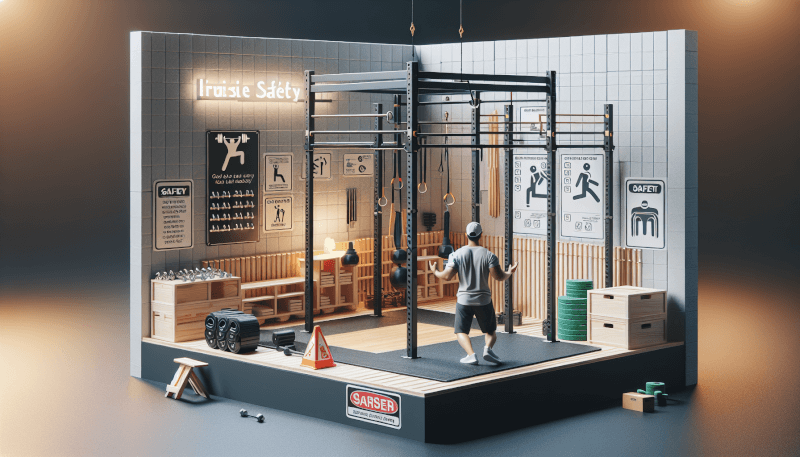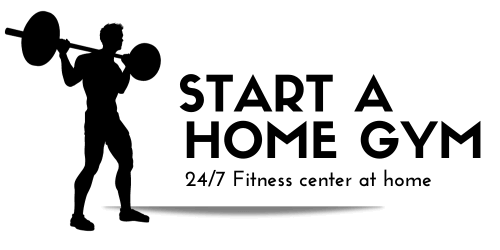Creating a home gym can be an exciting project, allowing you to stay fit and healthy from the comfort of your own house. However, it’s important not to overlook the crucial aspect of safety when undertaking a DIY home gym installation. From properly securing equipment to ensuring proper ventilation, this article provides a range of helpful tips to ensure your workout space is not only functional, but also safe and secure. So, before you start pumping iron or doing yoga poses in your newly created home gym, take a moment to familiarize yourself with these essential safety precautions.
Choosing the Right Location
When setting up a home gym, one of the first considerations is choosing the right location. Whether you have a designated room for your gym or are working with limited space, it’s important to take into account the space available. Ensure that the area is large enough to accommodate your equipment and provide enough room for your workout routines. It’s crucial to have enough space to move around comfortably and perform exercises without any restrictions.
Another factor to consider is ventilation. Proper air circulation is essential to maintain a comfortable environment during your workouts. Choose a location with good airflow, preferably near windows or doors that can be opened for fresh air. This will help prevent the buildup of stale air and excessive heat, making your workouts more enjoyable and safer.
Proper lighting is also a crucial aspect to consider when choosing the location for your home gym. Bright lighting is essential for performing exercises safely and effectively. Make sure the area has sufficient natural light or install adequate lighting fixtures to ensure proper visibility. Nobody wants to strain their eyes or risk injury due to inadequate lighting, so make sure to prioritize this aspect when setting up your gym.
Selecting and Assembling Equipment
Selecting the right equipment for your home gym is essential to meet your fitness goals and ensure a safe workout environment. Consider what specific exercises you want to incorporate into your routine and choose equipment that aligns with those goals. Whether you focus on strength training, cardio, or a mix of both, selecting the right equipment will greatly impact your workout experience.
Always read and follow the manufacturer’s instructions when setting up and using your gym equipment. Each piece of equipment may have specific setup requirements and safety guidelines, so it’s important to familiarize yourself with these instructions to avoid any potential risks or accidents. Following these guidelines will ensure that the equipment functions properly, increasing both its durability and your safety.
Proper assembly of equipment is crucial for optimum performance and safety. Make sure to carefully follow the assembly instructions provided by the manufacturer. Double-check each part and ensure that it is securely attached and tightened. Loose or improperly assembled equipment can lead to accidents or malfunction during your workout. Take the time to assemble your gym equipment correctly to ensure a safe and effective exercise environment.

Flooring and Matting
Choosing the right flooring materials for your home gym is vital to ensure both your safety and the protection of your equipment. Opt for flooring that is suitable for your specific workout needs, considering factors such as impact protection, stability, and durability. There are various options available, such as rubber flooring, foam tiles, or interlocking mats, which can provide the necessary support and protection for your workouts.
To reduce the impact on joints and prevent injuries, it’s essential to install shock-absorbent flooring. This type of flooring helps absorb the impact of your movements, reducing strain on your joints, ligaments, and tendons. Shock-absorbent flooring can also help protect your equipment from damage caused by vibration and excessive impact.
Using gym mats is another important consideration for your home gym. Placing mats under heavy equipment, such as weight benches or treadmills, helps protect both the floors and the equipment from scratches or damage. Mats also provide a nonslip surface, which is crucial for stability during exercises. Additionally, they can help reduce noise levels and provide extra cushioning for comfort.
Electrical Safety
Safety should always be a top priority when it comes to electrical components in your home gym. Ensure that your gym has proper grounding and wiring installed by a qualified electrician. This will protect you from electrical hazards, such as current leakage or electric shocks. Faulty or inadequate electrical systems can pose serious risks, so it’s crucial to have them installed and maintained correctly.
Using surge protectors is essential to safeguard your equipment from power surges. Power surges can occur during electrical storms or due to fluctuations in the power grid. These surges can damage your equipment or even cause fires. By using surge protectors, you can prevent such electrical damage and maintain the longevity of your gym equipment.
When setting up your home gym, keep power cords away from equipment and ensure they are not in areas where they could become tangled or pose a tripping hazard. Make use of cable management solutions to keep your cords organized and out of the way. This will not only reduce the risk of accidents but also improve the overall aesthetics and functionality of your gym.
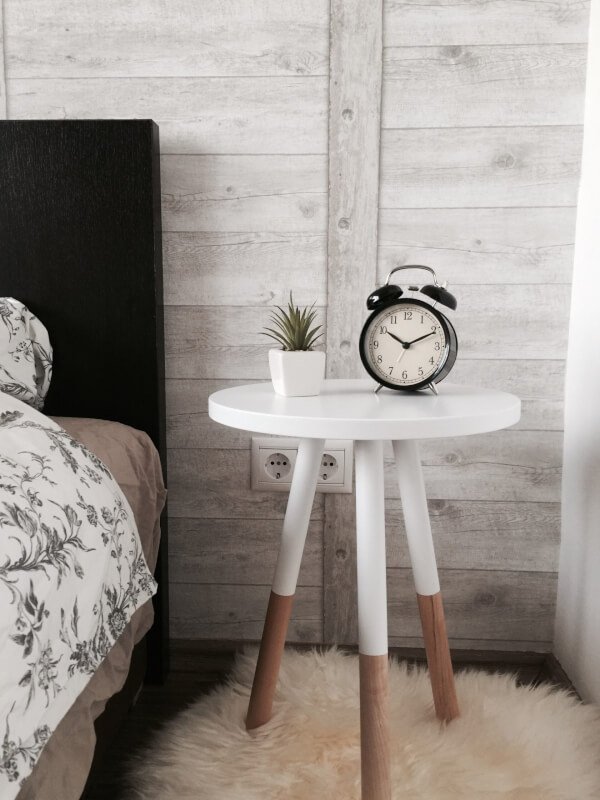
Proper Ventilation
Proper ventilation is essential for a safe and comfortable workout environment. Insufficient airflow can lead to discomfort, difficulty breathing, and overheating during intense exercise sessions. When setting up your gym, ensure that there is adequate ventilation to promote a fresh and cool atmosphere.
Natural ventilation is often the most desirable option. If possible, set up your home gym near windows or doors that can be opened to allow fresh air to circulate. Natural ventilation also helps remove odors and dissipate heat, creating a more pleasant workout environment.
In some cases, natural ventilation may not be sufficient, especially in rooms without access to windows or in climates with extreme temperatures. In these situations, consider installing fans or ventilation systems to improve air circulation. Fans can help move air around the room and create a cooling effect. Ventilation systems, such as air conditioners or air purifiers, can filter and condition the air, ensuring a comfortable and healthy workout space.
It’s also important to avoid exercising in enclosed and poorly ventilated spaces. Lack of fresh air can lead to increased humidity levels, which can promote the growth of mold, mildew, or bacteria. Exercising in such an environment can have negative health effects and may increase the risk of respiratory issues or allergies. Prioritize proper ventilation in your home gym to create an enjoyable and safe workout experience.
Organizing and Storing Equipment
Proper organization and storage of your gym equipment is not only important for space efficiency but also for safety. Keeping your equipment organized will make it easier to find and use, preventing accidents or injuries caused by stumbling over scattered items. Plus, it can help prolong the lifespan of your equipment by reducing the risk of damage.
Invest in shelves or racks specifically designed to hold weights and accessories. These storage solutions will not only keep your equipment organized but also make it easily accessible. Proper storage of weights and accessories also reduces the risk of them being mistakenly tripped over or falling onto other equipment or individuals.
For heavy equipment, ensure that it is securely stored to prevent any accidental tipping or movement. If necessary, use equipment-specific safety measures, such as safety locks or straps, to further secure the equipment in place. By properly organizing and storing your gym equipment, you create a safer workout environment and minimize the risk of accidents or damage.
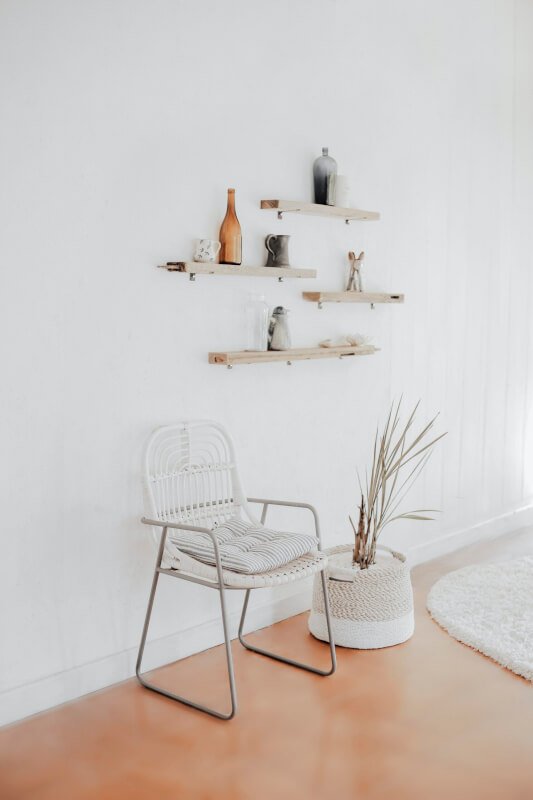
Ensuring Adequate Space
Adequate space is essential to perform exercises comfortably and safely in your home gym. Before setting up your equipment, carefully evaluate the available space and ensure it is sufficient for your workout routines. Insufficient space can restrict your movements, hinder proper form, and increase the risk of accidents or injuries.
Ensure that there is enough clearance around each piece of equipment to perform exercises without any obstructions. This includes considering both horizontal and vertical space requirements. For example, if you plan to use a treadmill, make sure there is enough room in front and on the sides for you to comfortably walk or run without hitting walls or other equipment.
Clear the surrounding area of any obstacles or tripping hazards. Keep the space around your gym equipment free from clutter, loose items, or furniture. These items can pose a risk if accidentally tripped over during your workouts. Maintaining a clear and spacious workout area will help you focus on your exercises without worrying about potential hazards.
Furthermore, it’s important to provide sufficient space for emergency exits. In the event of an emergency or an accident, having clear and unobstructed exit routes is crucial. Ensure that doors or windows in your gym are easily accessible and not blocked by equipment or other objects. This will allow for a quick and safe evacuation if necessary.
Safety Considerations for Cardio Equipment
Cardio equipment, such as treadmills or stationary bikes, have their own set of safety considerations that need to be addressed in your home gym setup. To ensure a safe cardio workout experience, follow these tips:
Use the safety key or clip provided with treadmills. The safety key or clip is designed to attach to your clothing and will automatically stop the treadmill if you lose your footing or fall. This safety feature can prevent serious injuries and accidents, so always remember to use it.
Maintain proper posture and form while using cardio equipment. Poor posture or incorrect form can lead to injuries or strains. Consult instructional resources or seek guidance from a professional to ensure you are using the equipment correctly and maintaining proper alignment.
Avoid overexertion and excessive speed when using cardio equipment. Pushing yourself too hard or exceeding your limits can lead to physical exhaustion, loss of balance, or accidents. Gradually increase the intensity and duration of your workouts to avoid strain or injury.
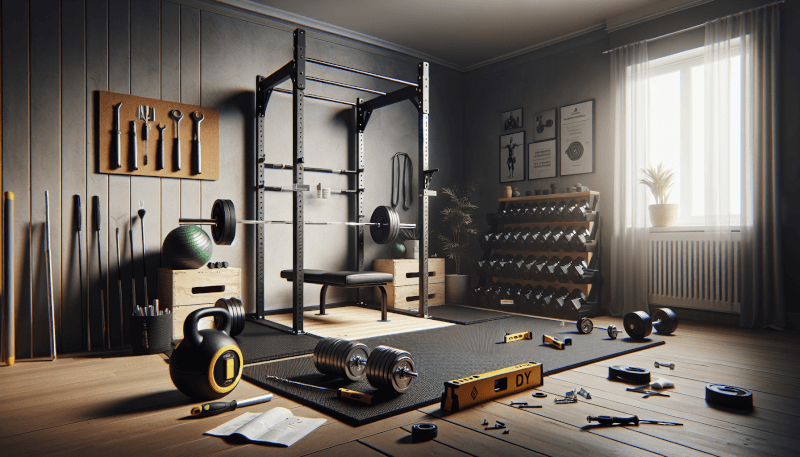
Installing Mirrors
Mirrors are a valuable addition to any home gym. Not only do they allow you to monitor and correct your form during exercises, but they also enhance the overall safety of your workouts. When installing mirrors in your home gym, keep the following considerations in mind:
Securely mount mirrors to ensure they stay in place during your workouts. Use appropriate hardware and ensure the mirrors are properly anchored to the wall. This will prevent them from falling or shifting while you exercise, reducing the risk of accidents or injuries.
Position mirrors strategically to provide optimal visibility and safety. Place mirrors in a way that allows you to see your full body and perform exercises with proper form. Consider the angles and heights that will best serve your needs and enable you to monitor your movements effectively.
Regularly inspect and clean your mirrors to maintain their visibility and effectiveness. Dust, fingerprints, or smudges can obstruct your view and make it difficult to observe your form accurately. Regularly clean your mirrors using a suitable glass cleaner to ensure clear visibility during your workouts.
Regular Maintenance and Inspections
To ensure the longevity and safety of your home gym equipment, regular maintenance and inspections are essential. Implement the following practices to keep your gym running smoothly:
Regularly check and tighten any loose bolts or screws on your equipment. Vibrations from use can loosen fasteners over time, compromising the stability of the equipment. Inspecting and tightening these connections will help prevent accidents or breakdowns.
Inspect cables and resistance mechanisms regularly for signs of wear, fraying, or damage. Cables and resistance systems play a crucial role in the functionality and safety of your gym equipment. Identifying any potential issues early on will allow for timely repairs or replacements, minimizing the risk of accidents or malfunction.
Clean and sanitize your gym equipment regularly to maintain hygiene and prevent the buildup of bacteria or germs. Follow the manufacturer’s guidelines for appropriate cleaning methods and products. Regular maintenance and cleaning not only ensure a safe environment but also help prolong the lifespan of your equipment.
By following these maintenance and inspection practices, you can keep your home gym equipment in optimal condition, reducing the risk of accidents and ensuring the longevity of your investment.
